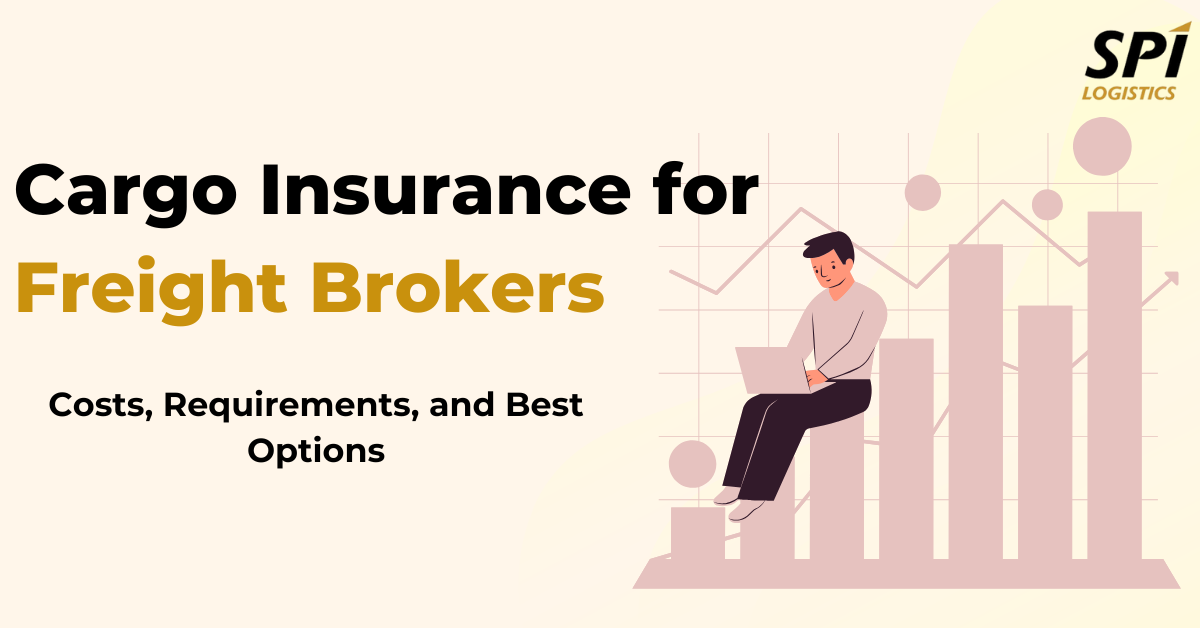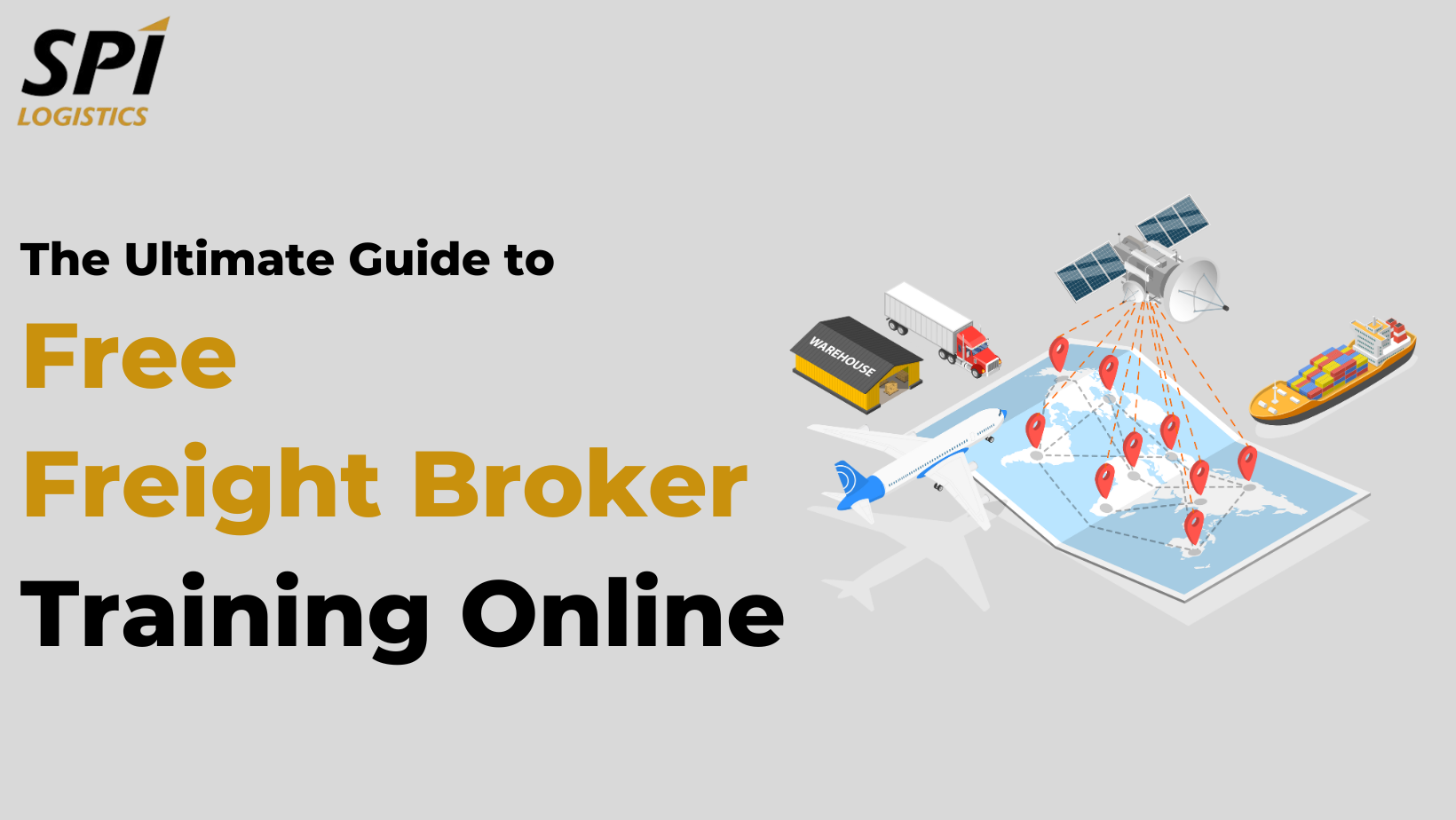The ability to bid on freight loads effectively is no longer just about offering the lowest price. It’s about understanding market nuances, leveraging technology, and building relationships that drive long-term success. With the global freight brokerage market anticipated to expand from USD 54.35 billion in 2024 to nearly USD 94.19 billion by 2032, standing out on freight bidding sites for brokers is essential for any brokerage aiming to grow (SkyQuest, 2025).
This guide explores advanced strategies you can implement to sharpen your bidding tactics, reduce costs, increase win rates, and build trust with shippers. We’ll also delve into the latest market insights, provide actionable steps, and share expert perspectives that will help you thrive on the best freight bidding websites and load bidding sites.
Segment Lanes with Market Intelligence for Smarter Bidding
Why segmentation matters
Freight lanes aren’t all created equal. Some routes are stable and predictable, while others fluctuate wildly with seasonality or economic factors. By segmenting lanes, you can deploy your bidding resources more strategically and improve your hit rate.
How to segment effectively:
1. Collect Data: Use platforms like DAT iQ, Ratecast, and Truckstop’s Load Board Analytics to analyze past lane volumes, rate trends, and capacity shifts.
2. Define Lane Categories:
- Core Lanes: High-volume, low-volatility lanes you can confidently bid on with contract freight.
- Volatile Lanes: Routes with frequent price spikes/drops or seasonal surges, ideal for opportunistic spot bids.
- Seasonal Lanes: Lanes active only during specific times of the year, such as agricultural harvest routes.
3. Prioritize Bids: Allocate your bidding efforts based on lane stability:
- Aggressively pursue core lanes to secure steady business.
- Reserve flexible bids for volatile lanes where margins may be higher but risk exists.
- Prepare ahead for seasonal lanes by forecasting demand cycles.
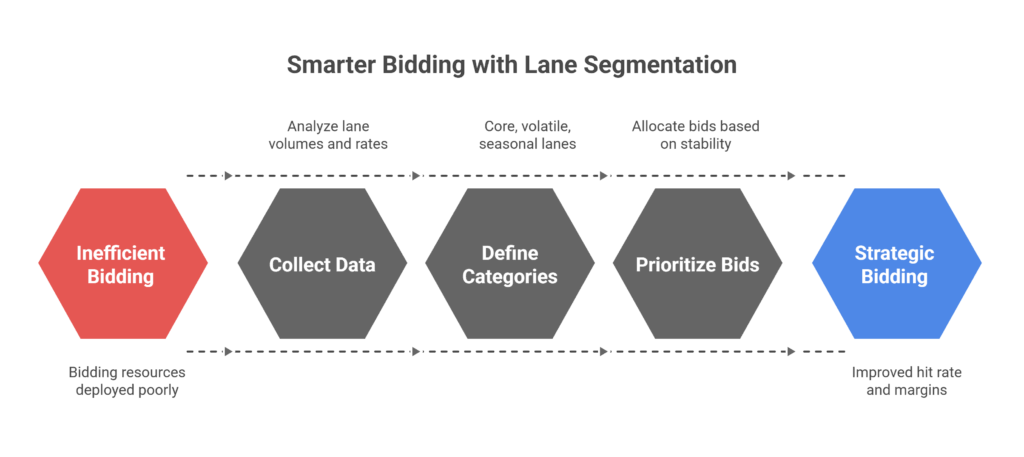
Example: A brokerage noticed a 30% rate increase during Q4 on their seasonal Midwest-to-Southeast lane. By preparing bids early on freight bidding sites for brokers, they won 50% more contracts during peak season than competitors who bid reactively.
Pro Tip: Monitor lane changes monthly to adjust your segmentation and bidding strategy in real time.
“Segmentation transforms load bidding from guesswork into a focused, high-impact strategy.”
How do you currently approach lane segmentation? What tools or data sources do you rely on?
Reduce Empty Miles with Real-Time Network Matching and Backhaul Optimization
The cost of empty miles
Empty or “deadhead” miles are a major profit leak. According to the American Transportation Research Institute (ATRI), up to 35% of truck miles are empty, costing the U.S. freight industry over $50 billion annually (ATRI, 2025). For brokers, minimizing empty runs is critical to improving carrier relations and maximizing profitability.
How brokers can optimize:
- Leverage Real-Time Matching Platforms: Use apps like Uber Freight, Convoy, and specialized AI-driven tools to match backhaul loads instantly.
- Set Load Alerts for Return Trips: Configure alerts on your freight bidding sites to notify you of loads near your trailer’s destination.
- Develop Carrier Partnerships: Collaborate with carriers who specialize in backhaul lanes to offer them consistent return freight.
- Incorporate Backhaul Considerations in Bids: Adjust bids to factor in the value of return load opportunities for carriers.
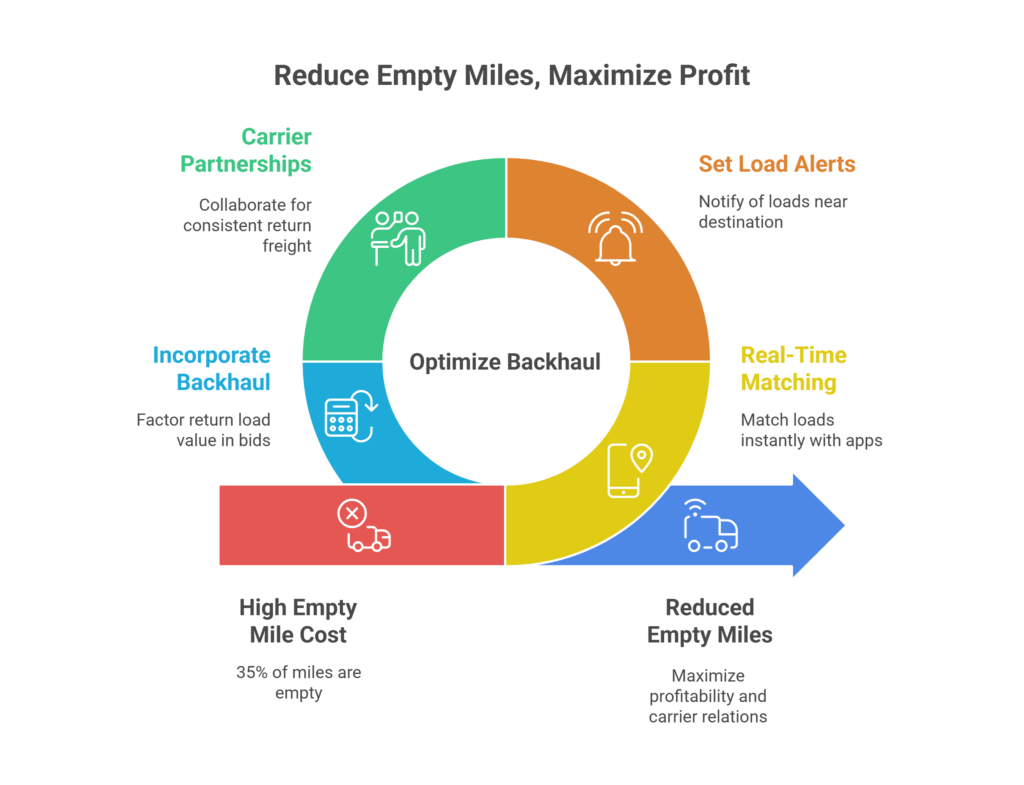
Example: A broker using Convoy’s SmartMatch AI reported a 15% reduction in deadhead miles within six months, improving carrier satisfaction and increasing repeat business.
Steps to implement:
1. Audit your current routes: Identify common empty mile routes in your network.
2. Choose a platform with robust backhaul features.
3. Train your team to monitor and act on backhaul alerts quickly.
4. Incorporate backhaul value in your bid pricing models.
“Integrating backhaul opportunities into freight bidding strategies turns wasted miles into profit centers.”
How do you currently handle backhaul? What challenges prevent you from optimizing empty miles fully?
Tap Into Autonomous Fleets and Green Freight for Competitive Advantage
Why technology and sustainability matter
As the freight industry evolves, autonomous trucks and eco-friendly fleets are changing how loads are sourced and priced. The autonomous freight market logged its first 1,200 driverless miles between Dallas and Houston in 2025, while electric truck fleets are projected to grow from $5.92 billion in 2025 to $38.76 billion by 2032 (Aurora, 2025; Geotab, 2025).
How brokers can adapt:
- Partner with autonomous fleet operators who offer competitive rates and consistent service.
- Market green freight options by connecting shippers with electric or hybrid trucks, appealing to companies with sustainability goals.
- Use specialized bidding platforms or delivery bidding sites that feature eco-friendly load options.
- Track and promote your carbon footprint reductions to stand out in bid proposals.
Example: A brokerage successfully won a contract with a large retailer by emphasizing their network of electric trucks on a dedicated freight bidding website, gaining a 12% premium over traditional bids.
Key considerations:
- Verify carrier credentials and technology readiness.
- Educate shippers on green freight benefits, including potential tax credits or compliance advantages.
- Adjust your bid templates to highlight sustainability factors.
“Sustainability isn’t optional anymore, it’s an edge for brokers who want to future-proof their business.”
Have you incorporated autonomous or green freight options into your bids? What response have you seen from shippers?
Integrate Risk-Adjusted Contingency and Flexible Pricing in Your Bids
Managing freight market volatility
With spot rates currently averaging 15-20% below contract rates and high market fluctuations, brokers must embed risk management into bids to protect margins (DAT, 2024).
How to implement:
- Add contingency clauses: Include fuel surcharge adjustments, detention fee clauses, or volume fluctuation terms.
- Bid tiered pricing: Offer a base rate plus variable components tied to market indices.
- Use “bid on small freight loads” strategically: Small, flexible loads with contingency terms can protect cash flow when market conditions worsen.
- Communicate clearly: Ensure shippers understand the rationale behind adjustable pricing.
Example: A broker included a fuel surcharge clause on a major contract bid. When fuel prices spiked 10% mid-contract, the clause activated, protecting the broker’s margin without renegotiation.
Steps for success:
1. Draft standard contingency language with legal review.
2. Use market index data from platforms like Truckstop Rate Insights.
3. Educate your sales team to explain the benefits of risk-adjusted bids.
“Smart brokers hedge volatility by building flexibility into bids, protecting margins without sacrificing competitiveness.”
Looking for reliable tools and expert guidance to protect your bids from market volatility? Explore our comprehensive freight broker solutions.
Build Customer Trust Through Transparent Performance Metrics and Communication
Why transparency matters more than ever
As digital platforms commoditize pricing, brokers who demonstrate transparency through real-time metrics and communication win trust and repeat business. A study by C.H. Robinson found that brokers who provide delivery performance dashboards increase customer retention by 15%.
How to implement:
- Track KPIs such as on-time delivery rates, damage claims, and communication responsiveness.
- Offer online portals where shippers can view shipment status and performance data.
- Include performance summaries in bids especially on freight broker bidding sites that allow document uploads.
- Solicit feedback and respond promptly to issues.
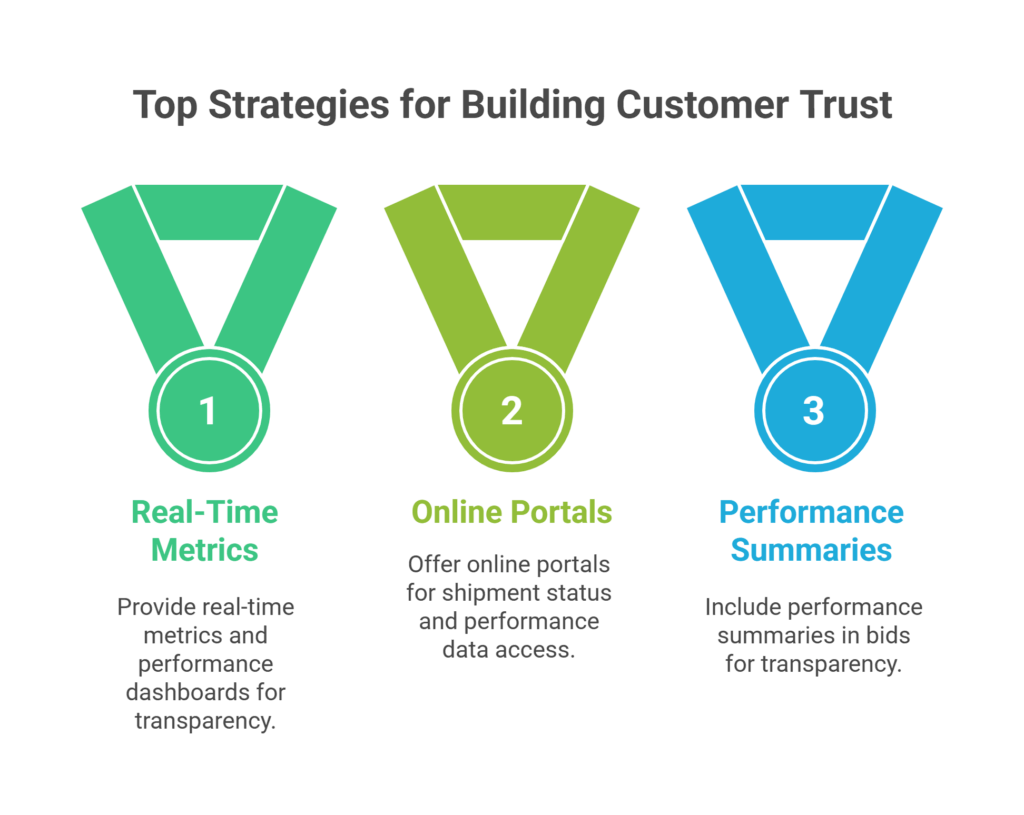
Example: A brokerage shared its 99.5% on-time delivery record in bid proposals and won a high-value lane over a competitor with a 2% lower price.
Best practices:
- Use CRM systems like HubSpot or Tailwind integrated with bidding platforms.
- Automate regular performance reports.
- Train sales teams on effective communication of metrics.
“Performance data turns pricing conversations into value conversations, helping brokers build durable relationships.”
Looking for expert strategies and cutting-edge tools to elevate your freight bidding and win more loads? Start optimizing your brokerage with our proven solutions!
Frequently Asked Questions
1. What are the best freight bidding sites for brokers to maximize win rates?
Platforms like DAT, TruckStop, and 123Loadboard are industry leaders, offering tools for competitive pricing, load alerts, and carrier vetting.
2. How can brokers balance competitive bids with profitability?
By integrating risk-adjusted pricing, segmenting lanes, and factoring in backhaul opportunities, brokers can bid smarter without sacrificing margins.
3. How important is technology in modern freight bidding?
Extremely important. AI-driven matching, real-time rate analytics, and digital communication tools are reshaping how brokers win loads.
Mastering Freight Bidding for Lasting Success
Winning bids in the freight brokerage world goes beyond just pricing, it demands strategy, data-driven insights, and effective communication. By segmenting lanes, optimizing empty miles, embracing new technologies, managing pricing risks, and building transparency with shippers, brokers can position themselves for sustained growth and profitability. Leveraging the right freight bidding sites for brokers and tools ensures you stay competitive in an industry that’s evolving rapidly.
Remember, success in freight bidding is a blend of preparation, adaptability, and trust-building. Start integrating these strategies today, and watch your brokerage secure more loads, stronger relationships, and higher margins.
Ready to take your bidding to the next level? Contact us to explore expert guidance and proven solutions designed to help you win consistently.
References
- American Transportation Research Institute. (2025). 2025 truckload operational costs and empty miles report. Retrieved from https://atri-online.org
- Aurora. (2025). Autonomous freight miles milestone. Retrieved from https://aurora.tech
- DAT. (2024). 2024 brokerage market outlook. Retrieved from https://dat.com
- Geotab. (2025). Electric truck adoption trends. Retrieved from https://geotab.com
- MIT Center for Transportation & Logistics. (2025). Artificial intelligence in freight logistics. Retrieved from https://ctl.mit.edu
- SkyQuest. (2025). Global freight brokerage market report. Retrieved from https://skyquestt.com


